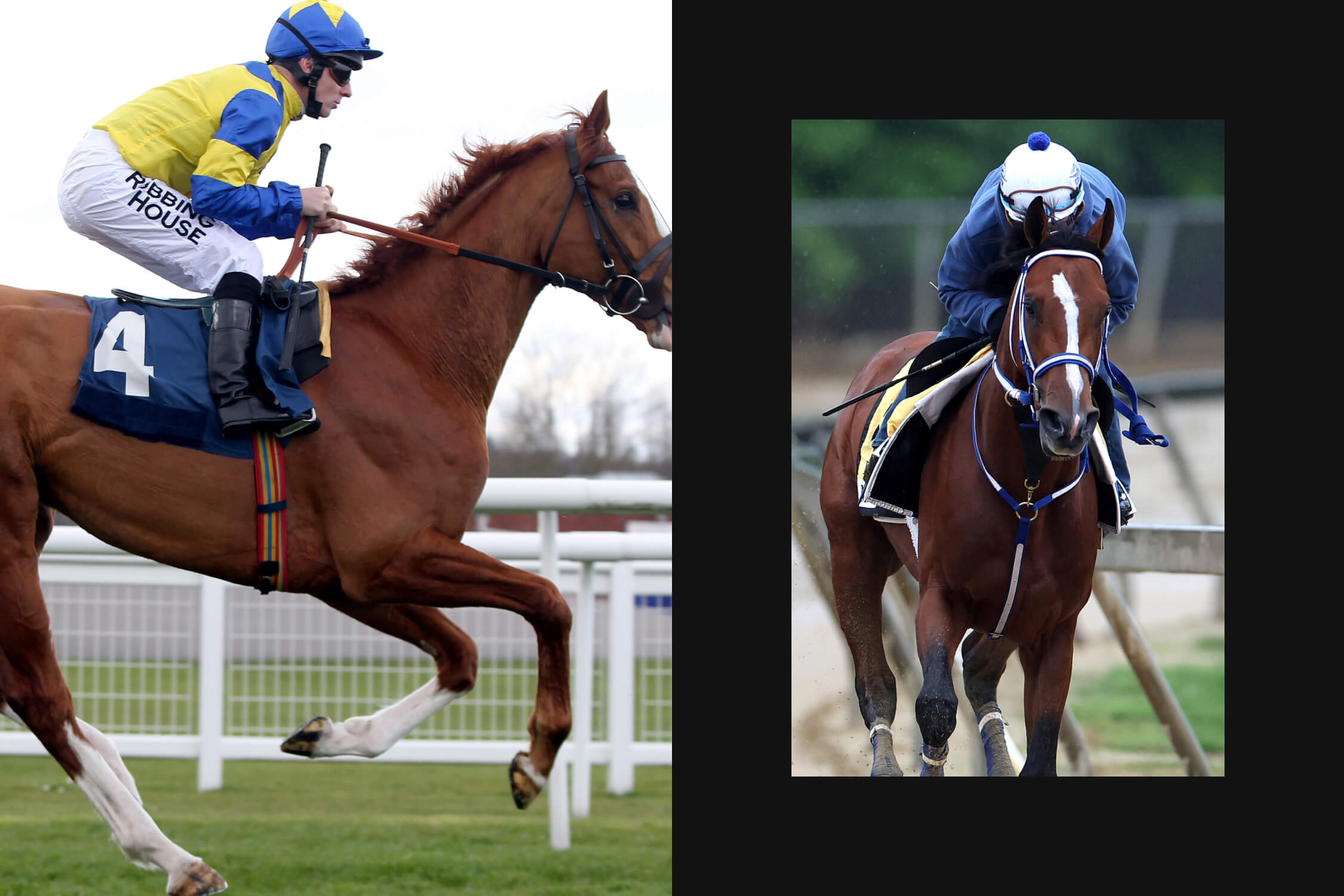Horse Profile Assessment
Assessing a horse’s profile is crucial for identifying potential Preakness contenders. Several key factors should be considered:
- Pedigree: Examine the horse’s lineage for a history of success in classic races, particularly the Preakness. Strong bloodlines often indicate a horse’s potential for excellence.
- Performance: Analyze the horse’s recent race record, paying attention to its performance in graded stakes races. A consistent record of high finishes against strong competition suggests a horse’s ability to handle the demands of the Preakness.
- Beyer Speed Figure: This metric measures a horse’s speed and is a valuable indicator of its potential. A high Beyer Speed Figure, especially in recent races, is a positive sign for Preakness contenders.
- Trainer and Jockey: Consider the experience and success of the horse’s trainer and jockey. A seasoned team with a proven track record in classic races can increase a horse’s chances of success.
- Running Style: Determine the horse’s preferred running style. Horses that can adapt to different paces and positions on the track have a better chance of success in the Preakness, which is known for its challenging conditions.
Successful Preakness Horses
Past Preakness winners provide valuable insights into the characteristics of successful contenders. For example:
- Justify (2018): Descended from a long line of classic winners, Justify displayed exceptional speed and stamina, winning the Preakness by 1 3/4 lengths.
- American Pharoah (2015): Boasting an impressive pedigree and a consistent record of victories, American Pharoah won the Preakness by 7 lengths, showcasing his dominance and versatility.
- California Chrome (2014): Known for his remarkable durability and front-running style, California Chrome won the Preakness by 1 1/2 lengths, demonstrating his ability to handle the race’s challenging conditions.
By carefully evaluating a horse’s profile, considering factors such as pedigree, performance, Beyer Speed Figure, trainer and jockey, and running style, it is possible to identify potential Preakness winners and make informed decisions when placing bets.
Trainer and Jockey Analysis: Preakness Picks

Preakness picks – The Preakness Stakes is a race that requires not only a talented horse but also a skilled trainer and jockey. The trainer is responsible for preparing the horse for the race, both physically and mentally, while the jockey must guide the horse to victory on race day.
As we delve into the thrilling realm of Preakness Picks, one question that inevitably arises is what time is the Preakness ? Unraveling this mystery will empower us to witness the spectacle of these majestic steeds thunder down the hallowed grounds.
Armed with this knowledge, we can fully immerse ourselves in the excitement of Preakness Picks, anticipating the triumph of our chosen contenders.
There are several trainers and jockeys who have a proven track record of success in the Preakness Stakes. Some of the most notable include:
Trainers
- Bob Baffert
- D. Wayne Lukas
- Todd Pletcher
- Nick Zito
These trainers have all won the Preakness Stakes multiple times, and they are known for their ability to prepare their horses for peak performance on race day.
Jockeys
- Calvin Borel
- Mike Smith
- Javier Castellano
- John Velazquez
These jockeys have all ridden Preakness Stakes winners, and they are known for their ability to get the most out of their mounts.
As the excitement for Preakness picks intensifies, it’s crucial to stay updated on the latest information. Check out the official Preakness 2024 time and channel to ensure you don’t miss a single moment of the thrilling race. With this knowledge at hand, you can make informed decisions on your Preakness picks and witness history in the making.
The strategies and techniques employed by top trainers and jockeys in Preakness races vary depending on the horse and the conditions of the race. However, some general principles include:
- Trainers will often start their horses in easier races to build their confidence and fitness.
- Jockeys will study the race conditions and the other horses in the field to develop a plan for how to ride their horse.
- Both trainers and jockeys will make adjustments to their plans as the race progresses.
The Preakness Stakes is a challenging race, but it is also one of the most prestigious. With the right trainer and jockey, a horse has a good chance of winning.
As the Preakness Stakes approaches, the excitement builds. For those seeking to make informed Preakness picks, it’s crucial to consider the race’s timing. The 2024 Preakness Stakes will be held on preakness 2024 time , providing ample time to research and finalize your selections.
By factoring in the race’s timing, you can increase your chances of making successful Preakness picks and experiencing the thrill of victory.
Race History and Track Conditions
The Preakness Stakes has a rich history dating back to 1873, and over the years, certain trends and patterns have emerged that can provide valuable insights for bettors. One of the most important factors to consider is the track conditions, as they can significantly impact the outcome of the race.
Track Surface
The Preakness is run on a dirt track, and the condition of the surface can vary depending on the weather and recent maintenance. A fast track favors horses with speed and agility, while a sloppy track can slow down the race and give an advantage to horses with stamina and strength. In recent years, the Preakness has been run on a fast track more often than not, but it’s always worth checking the track conditions before making your picks.
Weather
The weather can also play a role in the Preakness, especially if it’s raining or snowing. Wet weather can make the track more challenging to run on, and it can also affect the horses’ footing and visibility. In general, horses that are comfortable running in wet weather tend to perform better in the Preakness when it’s raining.
Historical Trends, Preakness picks
In addition to the track conditions, it’s also helpful to look at historical trends when making your Preakness picks. Some horses have performed consistently well in the Preakness, regardless of the track conditions. For example, Secretariat won the Preakness in 1973 by a record-breaking 25 lengths, and he’s still considered one of the greatest racehorses of all time. Other horses that have won the Preakness multiple times include Man o’ War, Citation, and Curlin.
By considering the race history, track conditions, and historical trends, you can improve your chances of making successful Preakness picks.
Betting Strategies and Odds Analysis

Understanding betting strategies and analyzing race odds are crucial for maximizing your chances of success in Preakness races. This section will delve into the various betting strategies and provide guidance on identifying value bets and managing risk.
Betting Strategies
There are several betting strategies commonly used in Preakness races, each with its own advantages and disadvantages. Some of the most popular strategies include:
- Win Bets: Betting on a horse to win the race outright. This is the most straightforward and popular betting strategy.
- Place Bets: Betting on a horse to finish in the top two positions. This offers lower odds but higher chances of winning.
- Show Bets: Betting on a horse to finish in the top three positions. This provides the lowest odds but the highest chances of winning.
- Exacta Bets: Betting on the exact order of the top two finishers. This offers higher odds but requires more precision.
- Trifecta Bets: Betting on the exact order of the top three finishers. This offers even higher odds but requires even more precision.
Odds Analysis
Analyzing race odds is essential for identifying value bets. Value bets are horses that offer odds higher than their perceived chance of winning. To identify value bets, consider the following factors:
- Horse’s Form: Examine the horse’s recent race history, paying attention to factors such as wins, losses, and time differentials.
- Trainer’s Record: Research the trainer’s past performance with similar horses in similar races.
- Jockey’s Experience: Consider the jockey’s experience and success rate with different horses and tracks.
- Track Conditions: Analyze the track conditions, such as the surface, weather, and distance, and how they might affect the horse’s performance.
Risk Management
Managing risk is crucial in betting on Preakness races. To minimize your losses and maximize your potential returns, consider the following tips:
- Set a Budget: Determine how much you are willing to bet and stick to it.
- Diversify Your Bets: Don’t put all your eggs in one basket. Spread your bets across multiple horses to reduce your risk.
- Consider Hedging: Place bets on multiple horses to protect yourself against losses in case your primary pick doesn’t win.
Handicapping and Form Study

To effectively evaluate Preakness contenders, handicapping involves considering several key factors, including class, speed, stamina, running style, and track affinity. These elements provide insights into a horse’s potential performance in the race.
Conducting thorough form study is crucial for identifying horses with winning potential. By examining a horse’s past performances, you can assess its consistency, improvement trajectory, and suitability for the Preakness distance and track conditions.
Developing a Comprehensive Handicapping System
- Consider using a points-based system to evaluate horses based on their performances in relevant races.
- Assign points for factors such as class, speed figures, and jockey/trainer records.
- Develop a weighted system that assigns higher values to more significant factors.
- Use historical data to calibrate your system and adjust weights as needed.